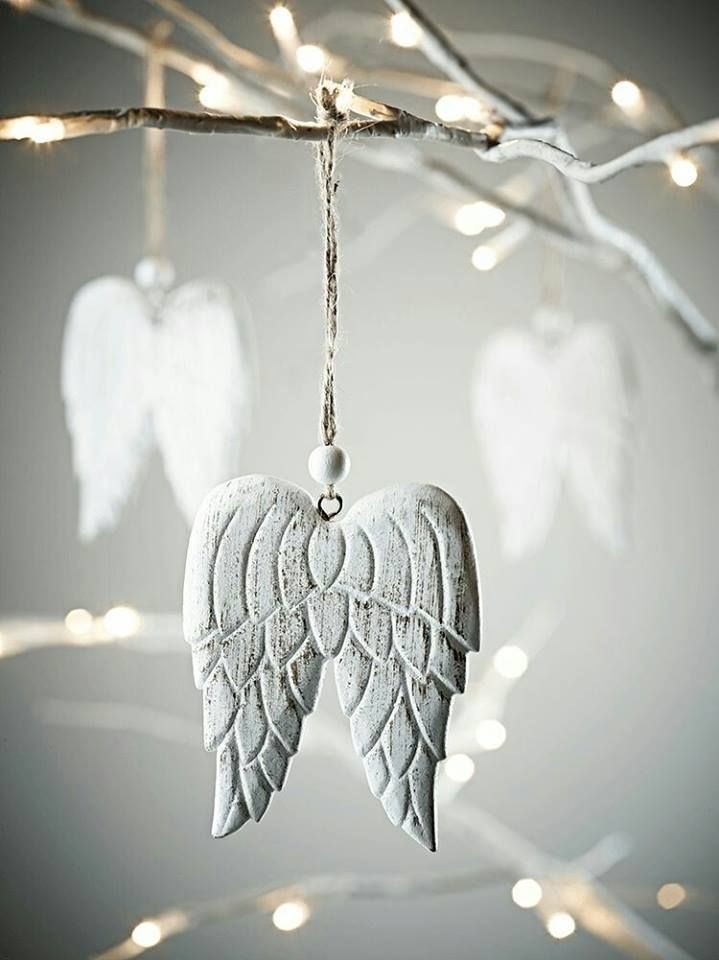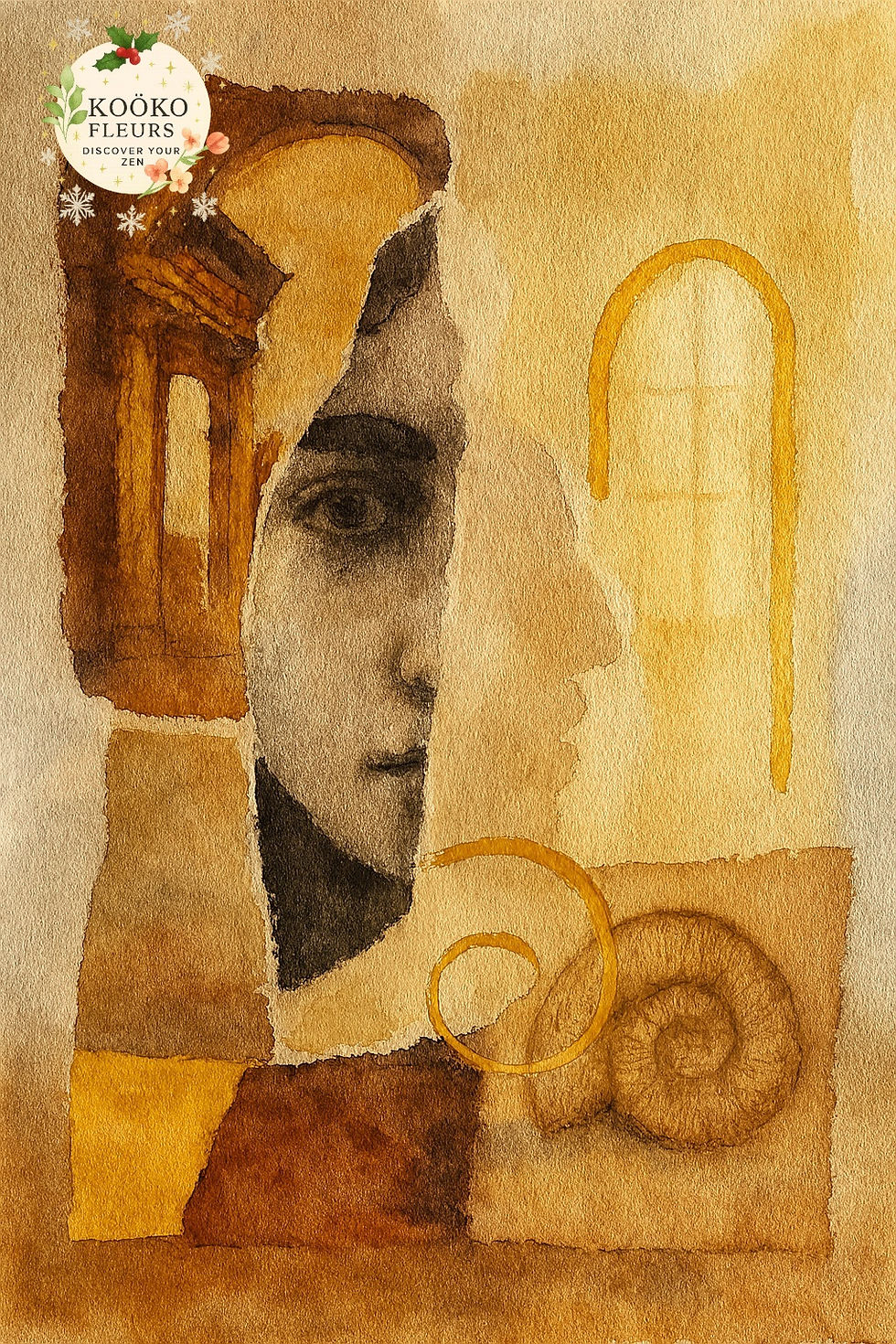Discover Effective Art Therapy Techniques for Mindfulness
- Koöko Fleurs
- Nov 6
- 4 min read
Mindfulness has become a popular practice for reducing stress and improving mental well-being. One powerful way to cultivate mindfulness is through creative art methods. These approaches allow individuals to express emotions, focus attention, and engage in self-reflection in a gentle and non-verbal way. By combining creativity with mindfulness, people can unlock new paths to healing and personal growth.
Creative art methods are accessible to everyone, regardless of artistic skill. They encourage exploration and presence in the moment, which are key components of mindfulness. This article explores various techniques, explains essential elements of art therapy, and offers practical tips to incorporate these methods into your daily routine.
Exploring Creative Art Methods for Mindfulness
Creative art methods involve using different art forms such as drawing, painting, sculpting, or collage to promote mental clarity and emotional balance. These methods help individuals slow down, observe their thoughts without judgment, and connect with their inner selves.
Some popular creative art methods include:
Mandala Drawing: Creating circular patterns that symbolize wholeness and unity. This repetitive process helps focus the mind and induce relaxation.
Coloring Books for Adults: Using pre-designed patterns to engage in mindful coloring, which can reduce anxiety and improve concentration.
Clay Modeling: Shaping clay with hands encourages tactile engagement and grounding in the present moment.
Collage Making: Cutting and pasting images or textures to express feelings and ideas visually.
Each of these methods offers a unique way to practice mindfulness through creativity. They can be done alone or in group settings, making them versatile tools for self-care.

To get started, set aside a quiet space and time for your creative practice. Gather your materials and allow yourself to experiment without pressure or expectations. The goal is not to create a masterpiece but to enjoy the process and observe your thoughts and emotions as they arise.
Benefits of Creative Art Methods in Daily Life
Incorporating creative art methods into your daily routine can have profound effects on mental health and overall well-being. Here are some key benefits:
Stress Reduction: Engaging in art helps lower cortisol levels and calms the nervous system.
Enhanced Self-Awareness: Art encourages introspection and helps identify emotions that may be difficult to express verbally.
Improved Focus and Concentration: The act of creating requires attention to detail, which strengthens mindfulness skills.
Emotional Release: Art provides a safe outlet for expressing complex feelings such as grief, anger, or joy.
Boosted Creativity and Problem-Solving: Regular practice stimulates the brain’s creative centers, leading to innovative thinking.
To maximize these benefits, try to integrate short art sessions into your day, even if only for 10-15 minutes. Consistency is key to developing a mindful art practice that supports mental clarity and emotional resilience.
What are the three elements of art therapy?
Art therapy combines psychological techniques with creative processes to support healing and personal growth. It is built on three fundamental elements:
The Art-Making Process: This involves the physical act of creating art, which can be therapeutic in itself. The process encourages exploration, experimentation, and expression.
The Artwork: The finished or in-progress piece serves as a visual representation of inner experiences. It can reveal unconscious thoughts and feelings.
The Therapeutic Relationship: In a professional setting, the connection between the therapist and client is crucial. The therapist guides interpretation and supports emotional processing.
Understanding these elements helps clarify how creative art methods can be used intentionally for mindfulness and healing. Even outside of therapy, these components can be adapted for personal growth and self-care.

Practical Tips to Incorporate Art Therapy Techniques into Your Routine
If you want to explore art therapy techniques for mindfulness, here are some actionable recommendations:
Create a Dedicated Space: Set up a small area with your favorite art materials where you feel comfortable and undisturbed.
Set an Intention: Before starting, decide what you want to focus on—whether it’s relaxation, emotional release, or self-discovery.
Use Guided Prompts: Sometimes prompts like “Draw your current mood” or “Create a safe place” can help initiate the creative process.
Practice Non-Judgment: Avoid critiquing your work. Focus on the experience rather than the outcome.
Combine with Breathing Exercises: Begin your session with deep breathing to center your mind and body.
Reflect Afterwards: Spend a few minutes observing your artwork and noting any thoughts or feelings that arise.
By following these tips, you can make creative art methods a meaningful part of your mindfulness practice. Remember, the key is to enjoy the process and allow your creativity to flow freely.
Embracing Mindfulness Through Creative Expression
Creative art methods offer a unique and accessible way to cultivate mindfulness. They invite you to slow down, connect with your emotions, and express yourself in a non-verbal, intuitive manner. Whether you choose mandala drawing, clay modeling, or collage making, these practices can enhance your mental clarity and emotional well-being.
Incorporating these techniques into your life can lead to lasting benefits such as reduced stress, improved focus, and greater self-awareness. Start small, be patient with yourself, and explore the many possibilities that creative art methods provide for mindfulness and healing.











Comments